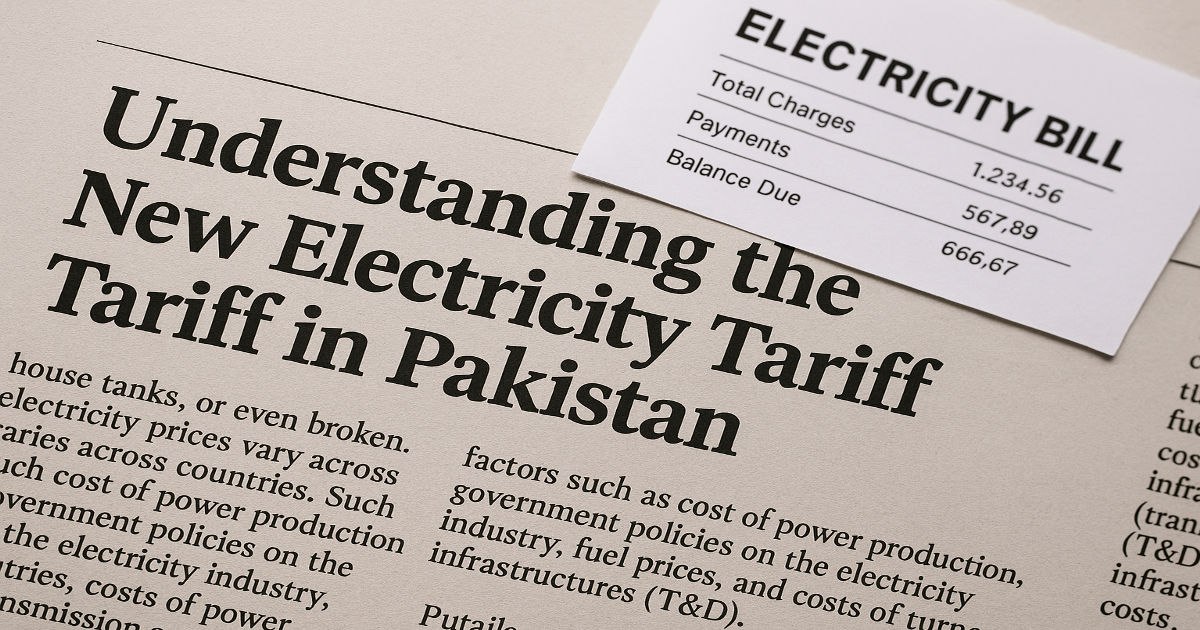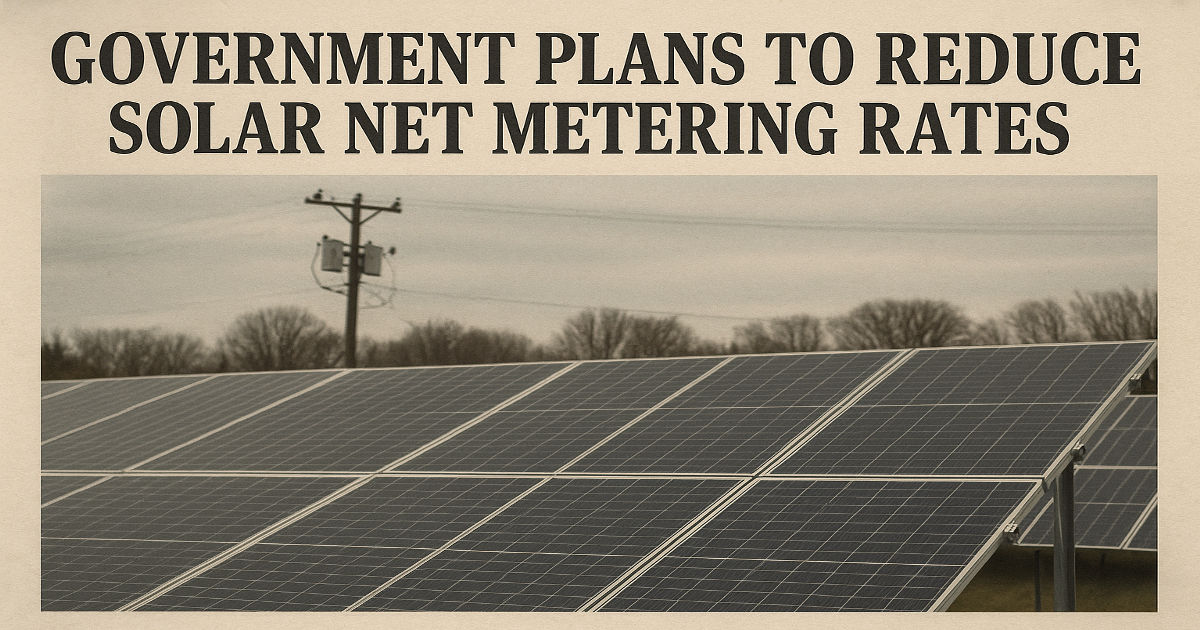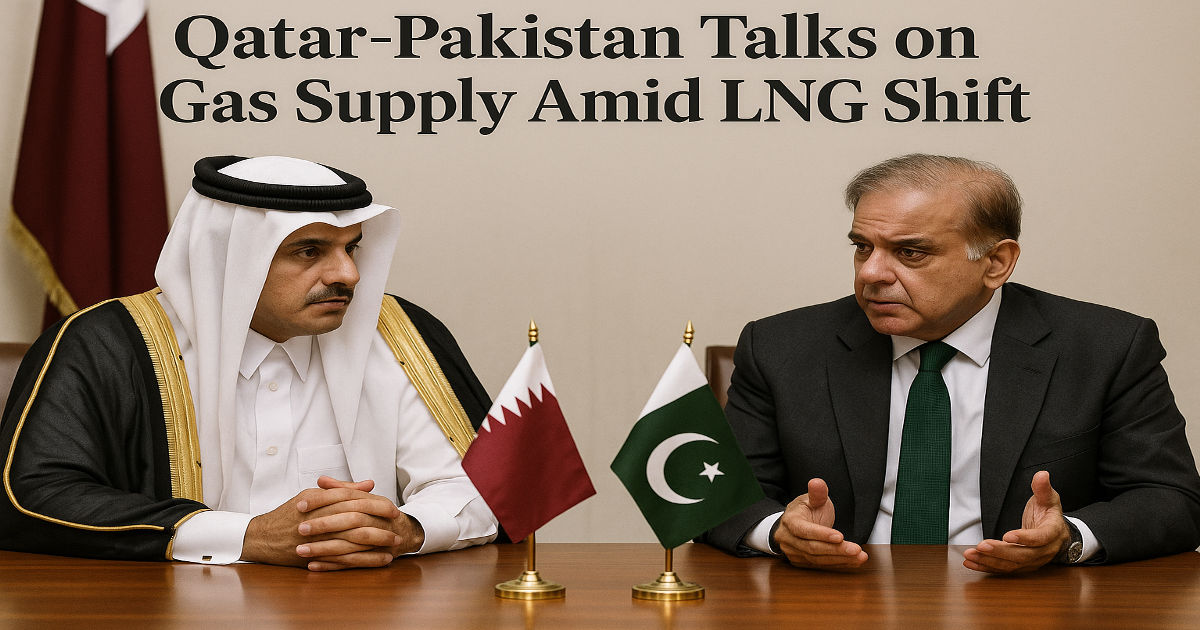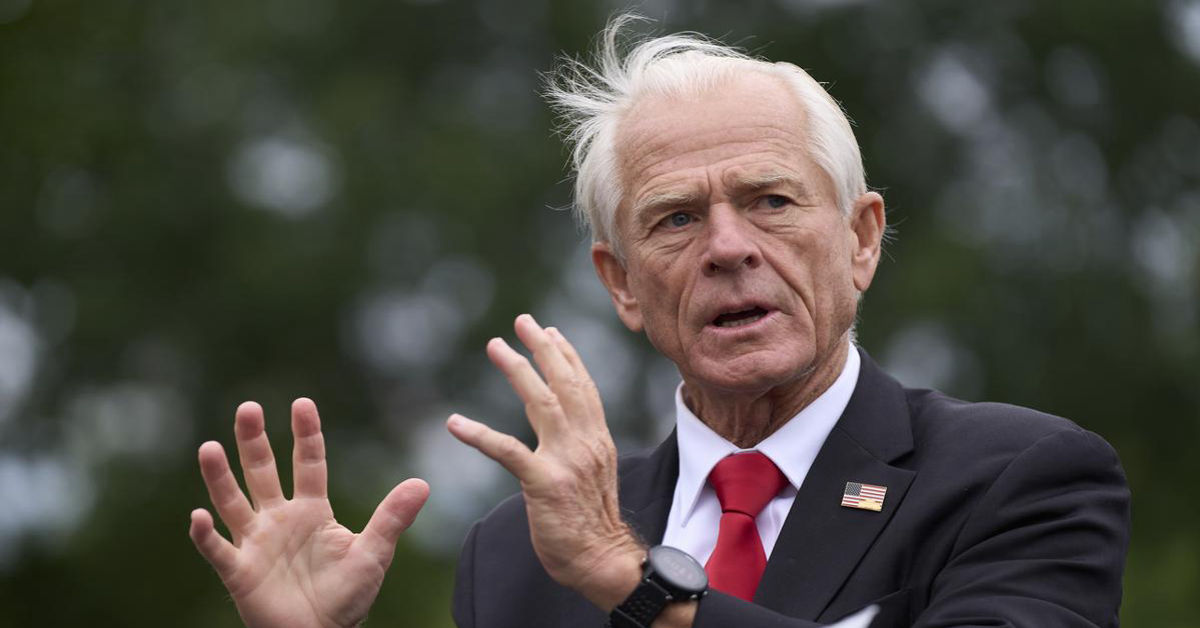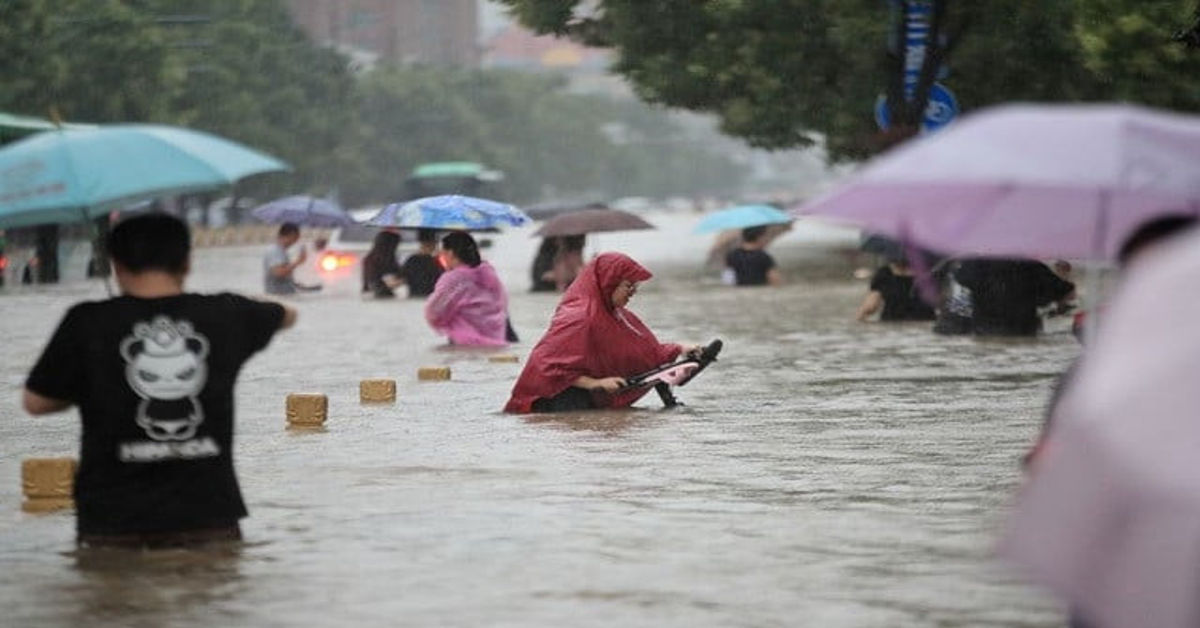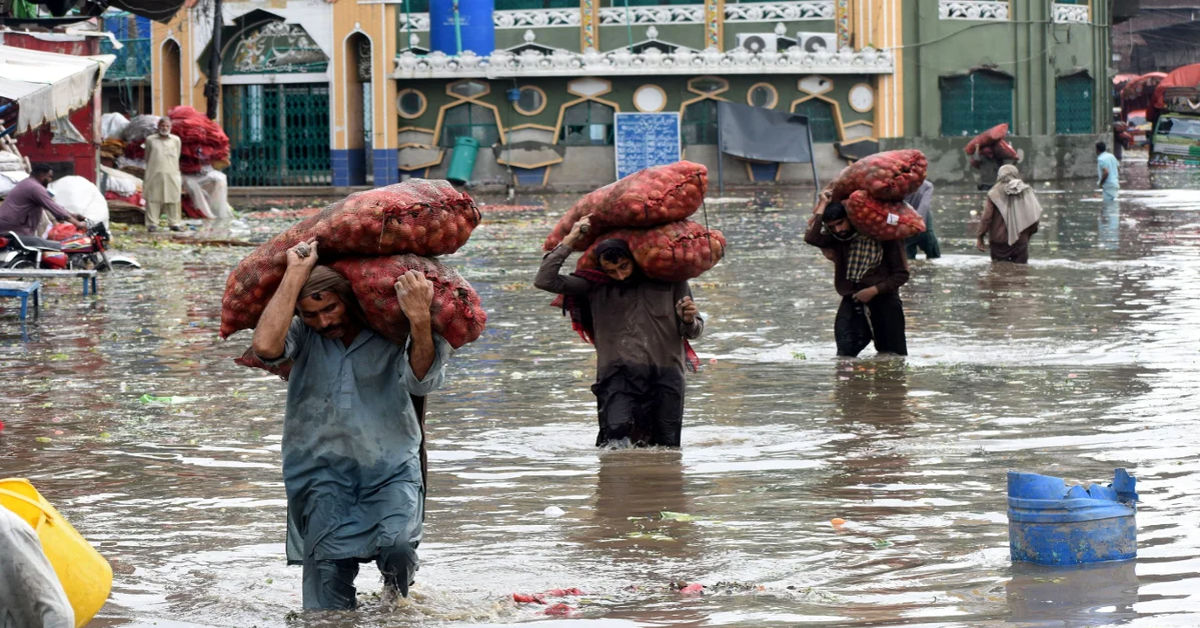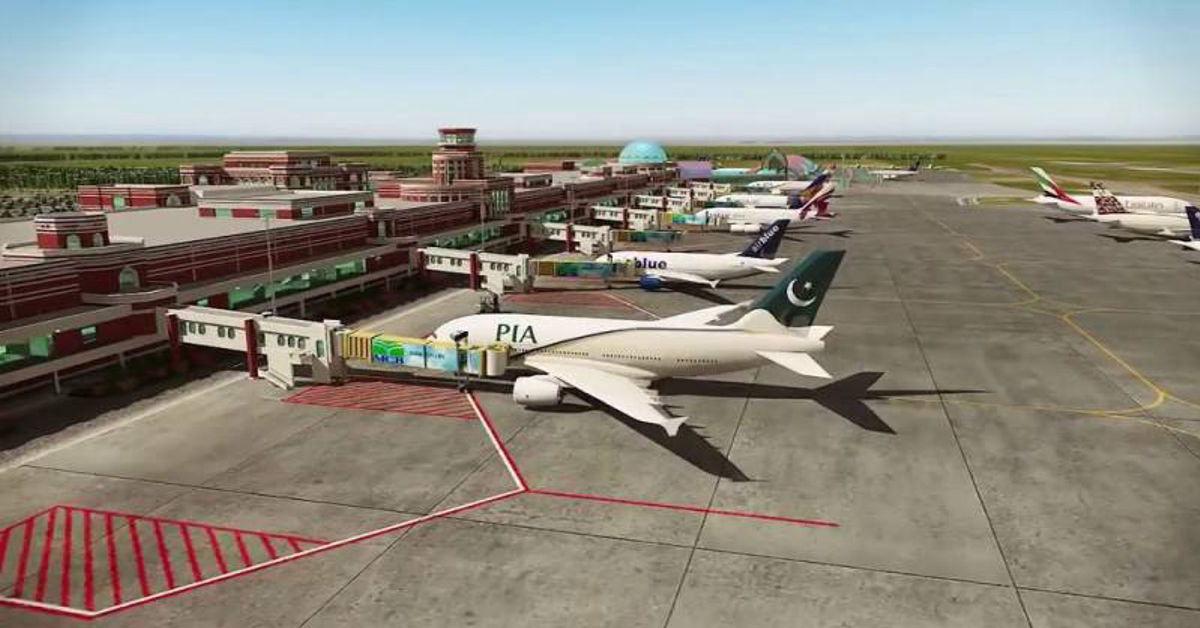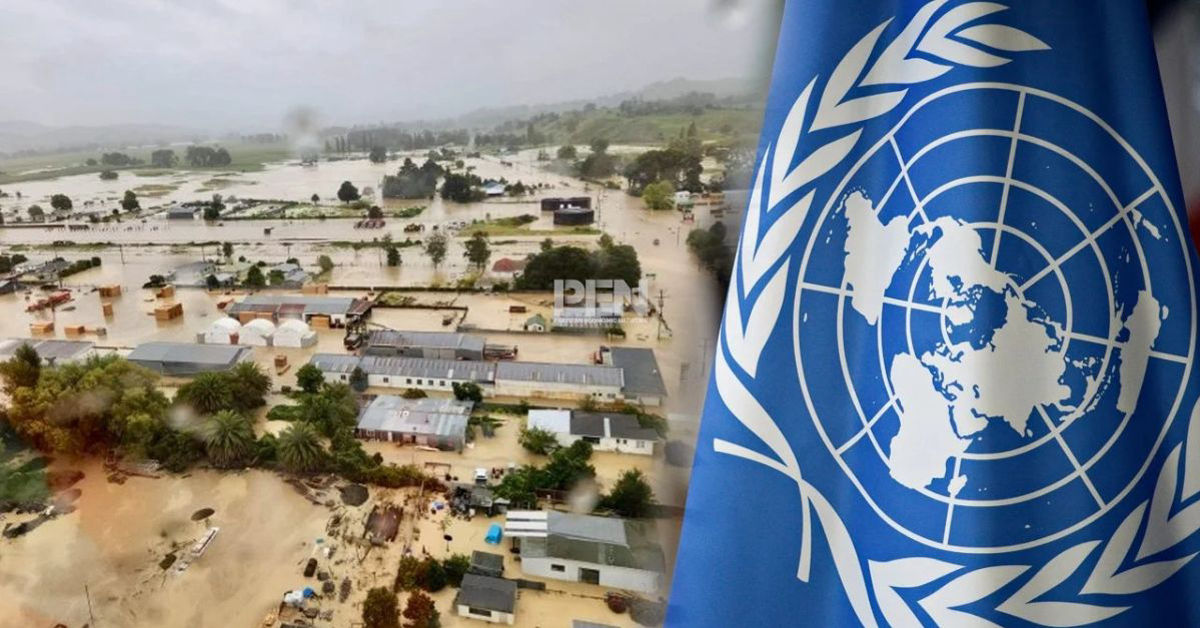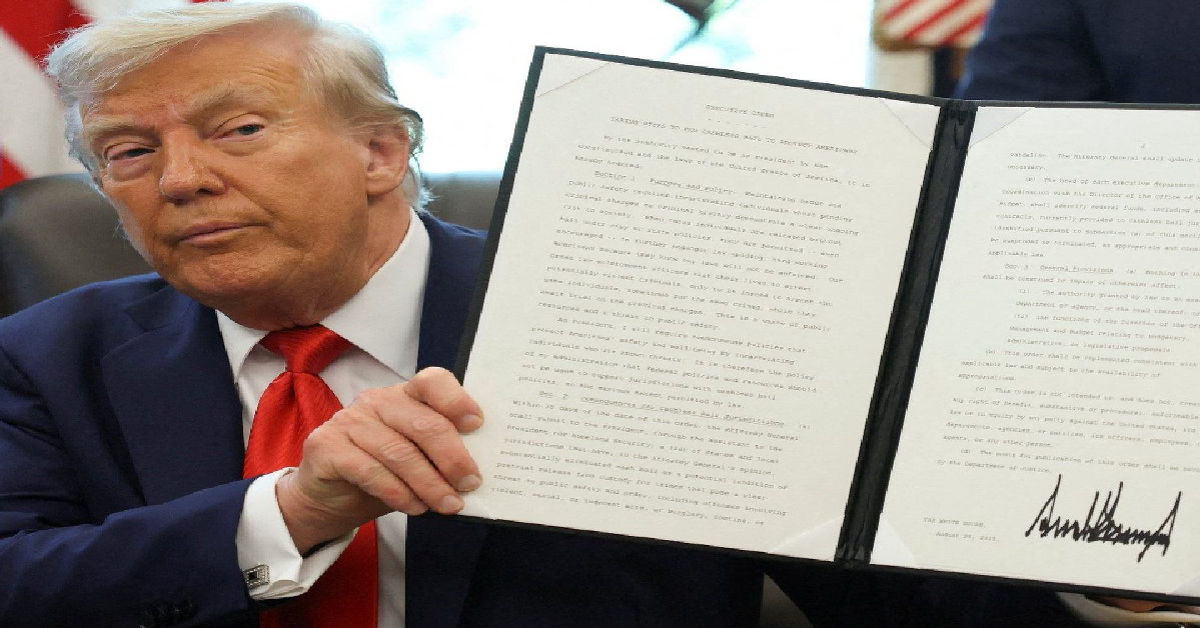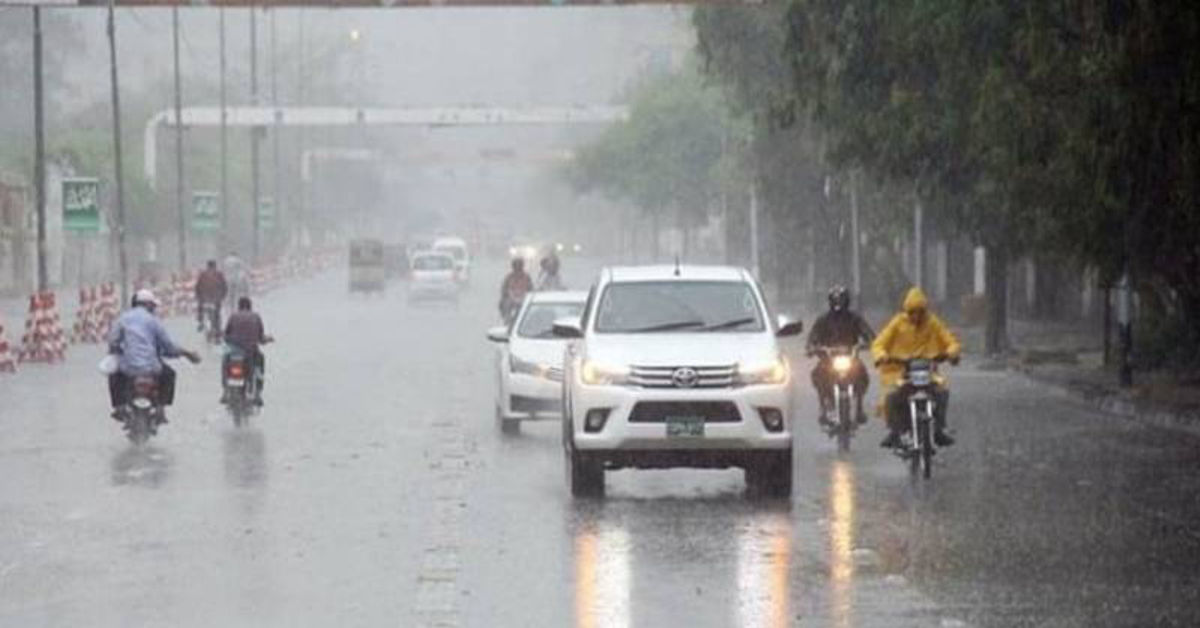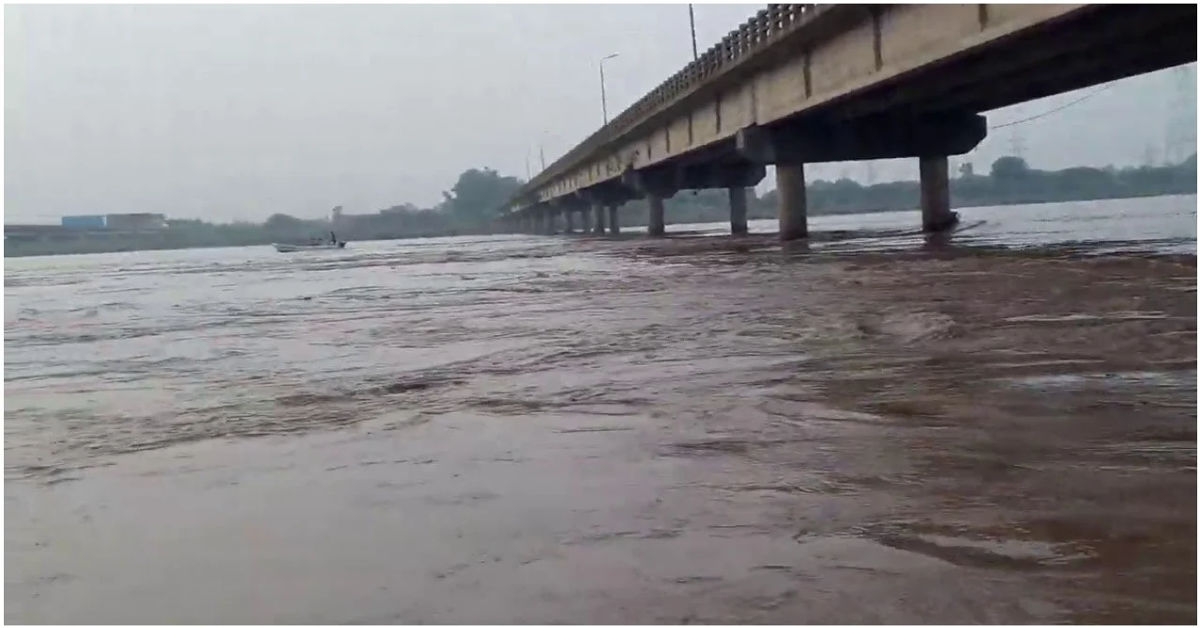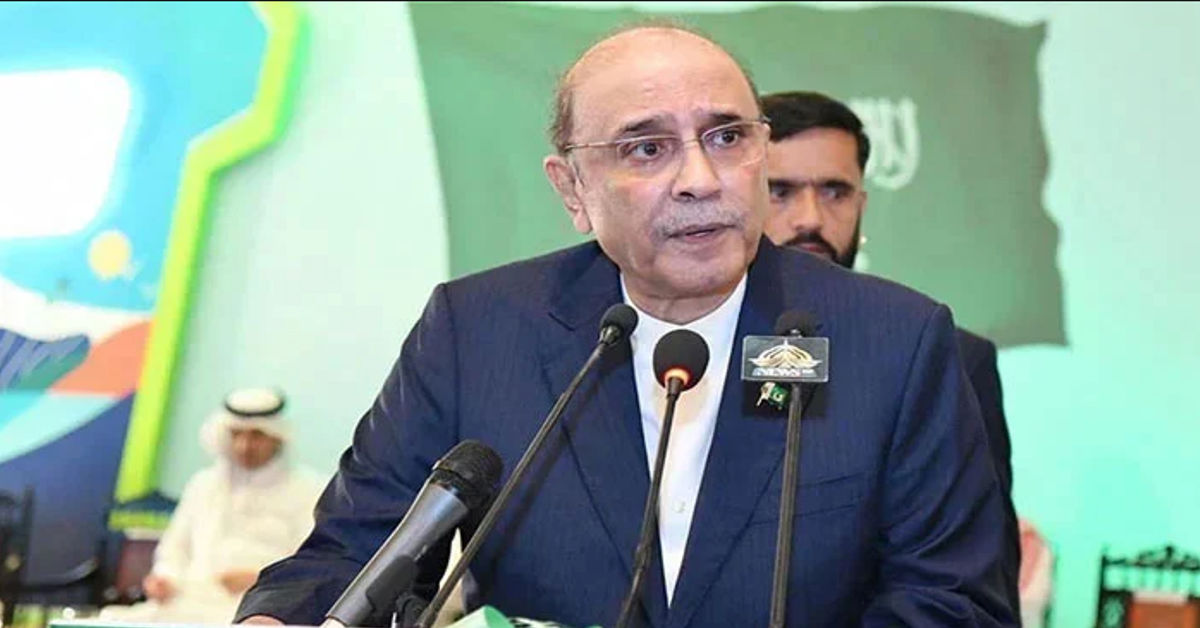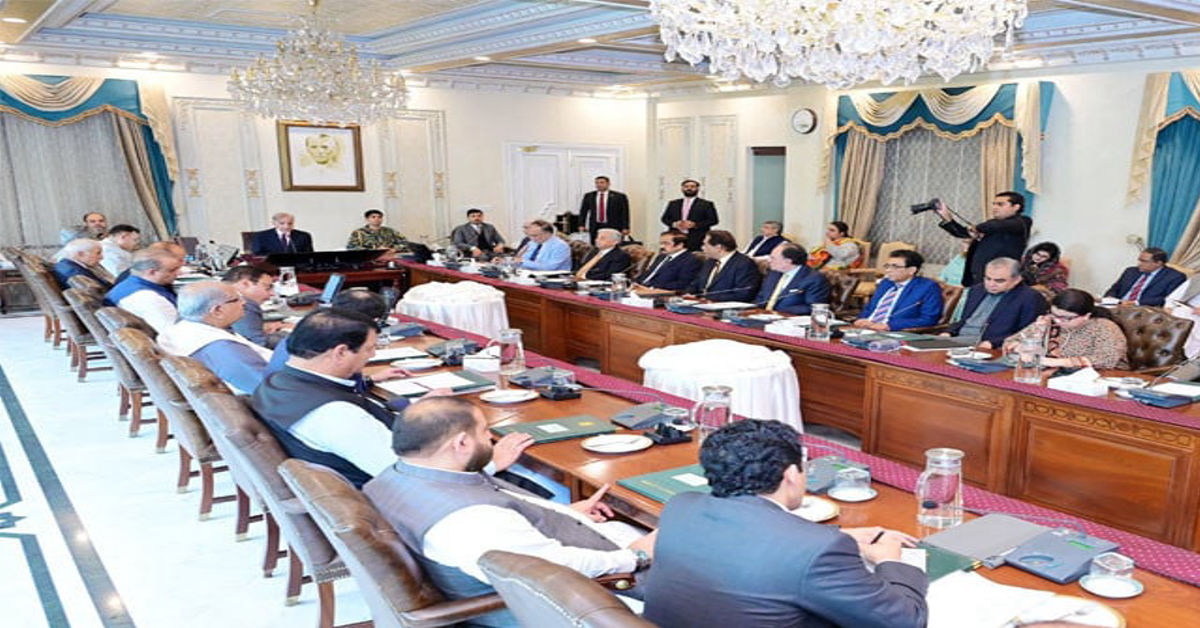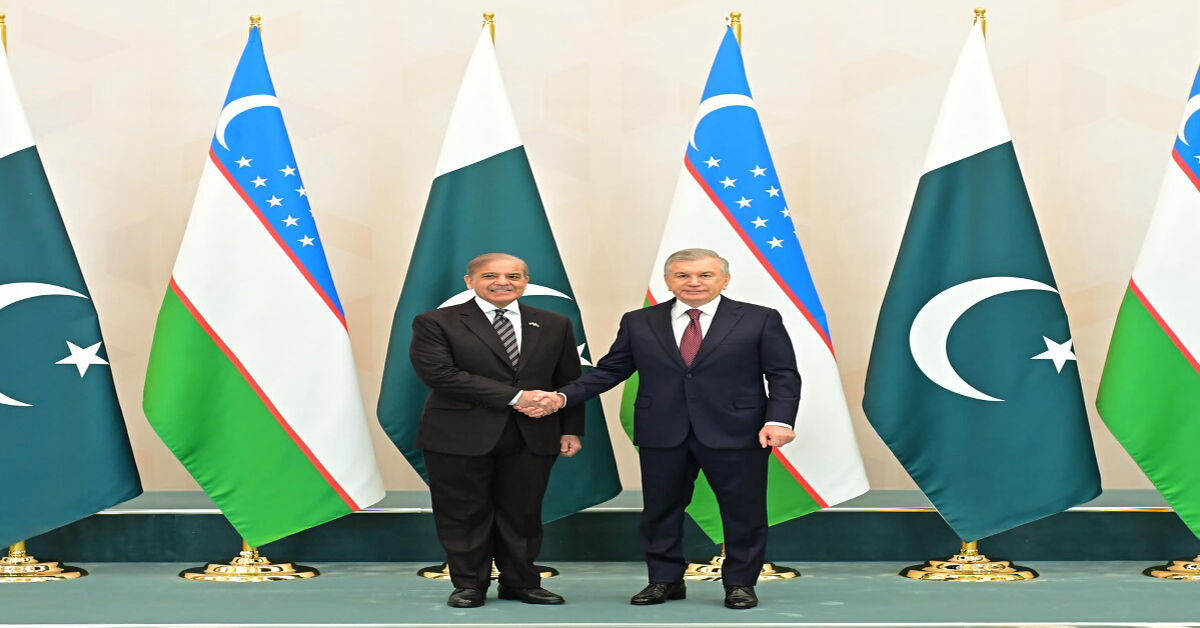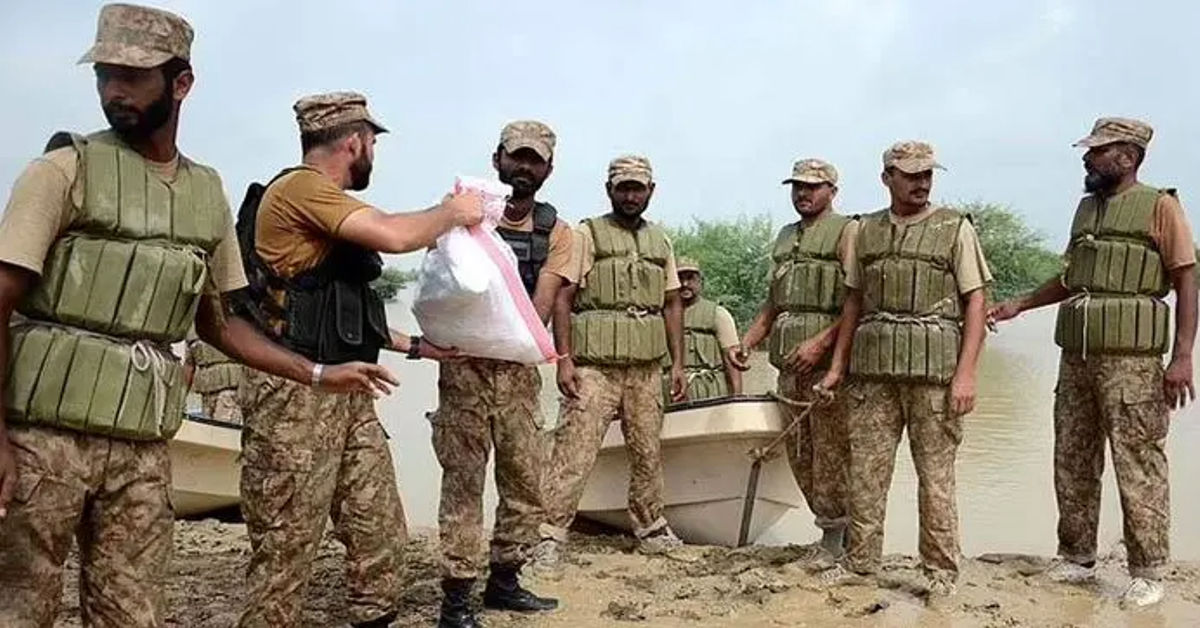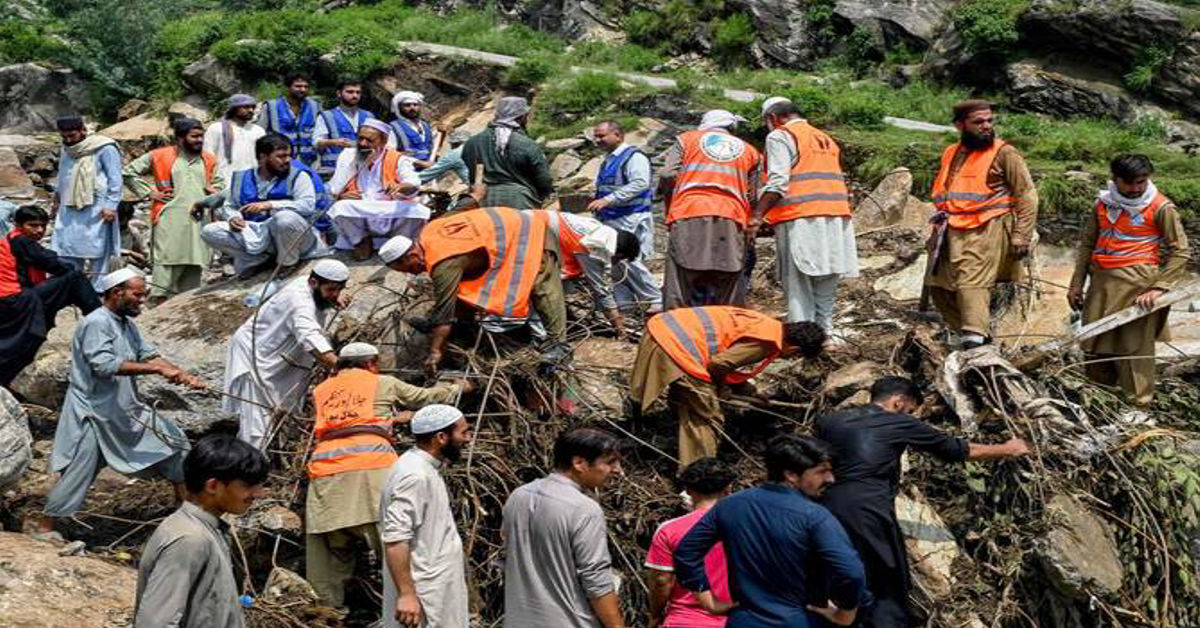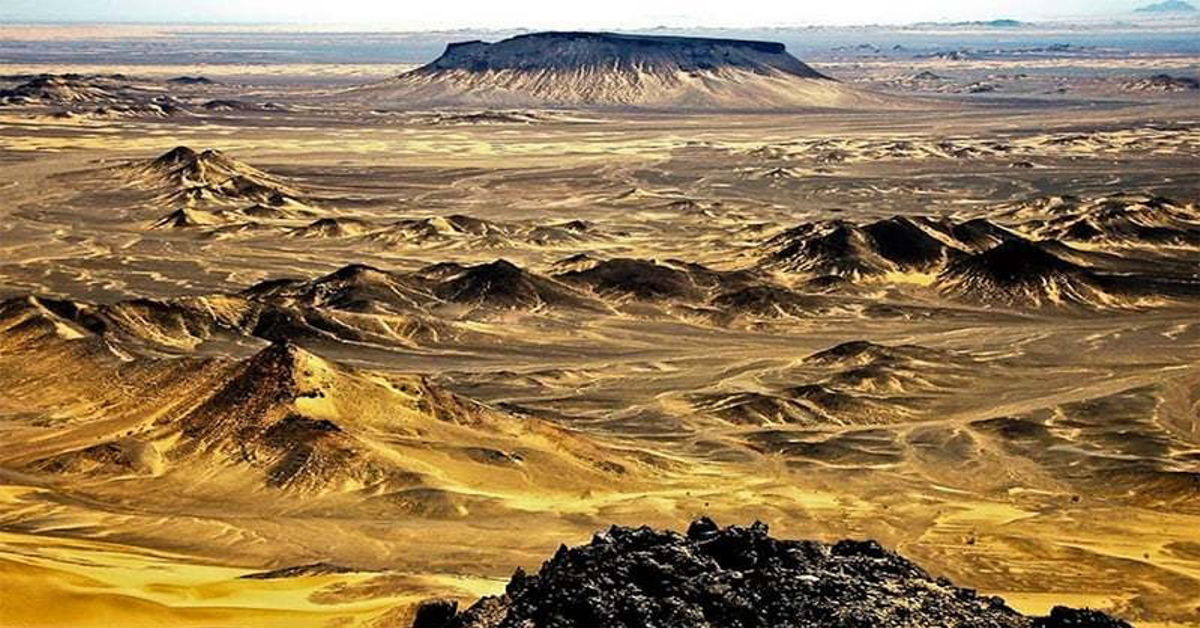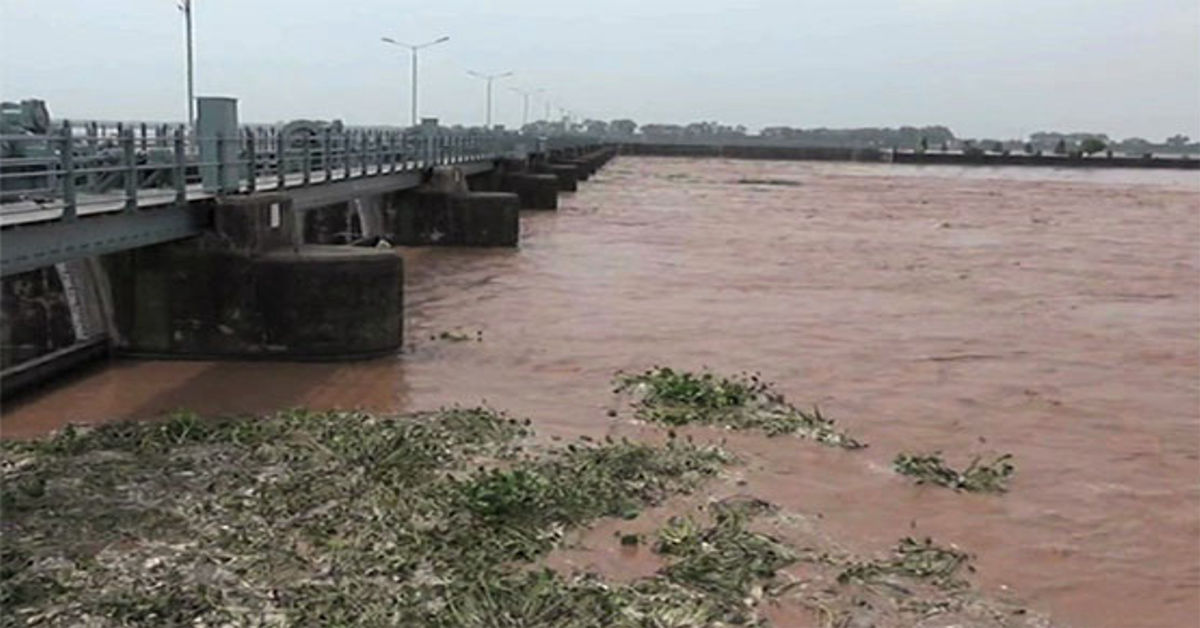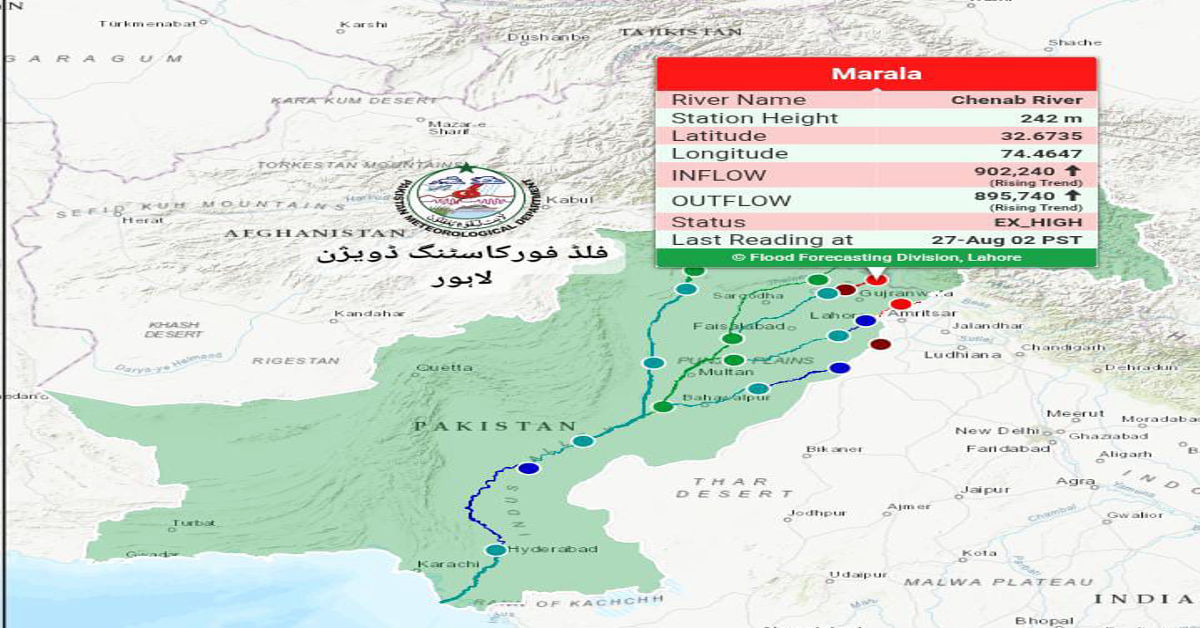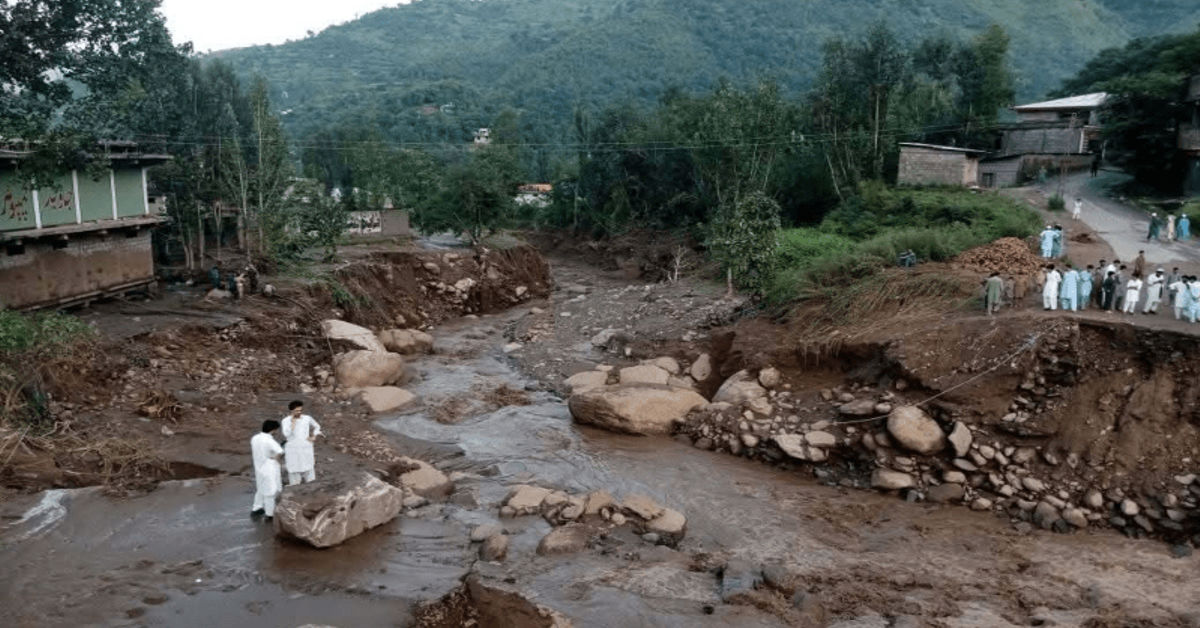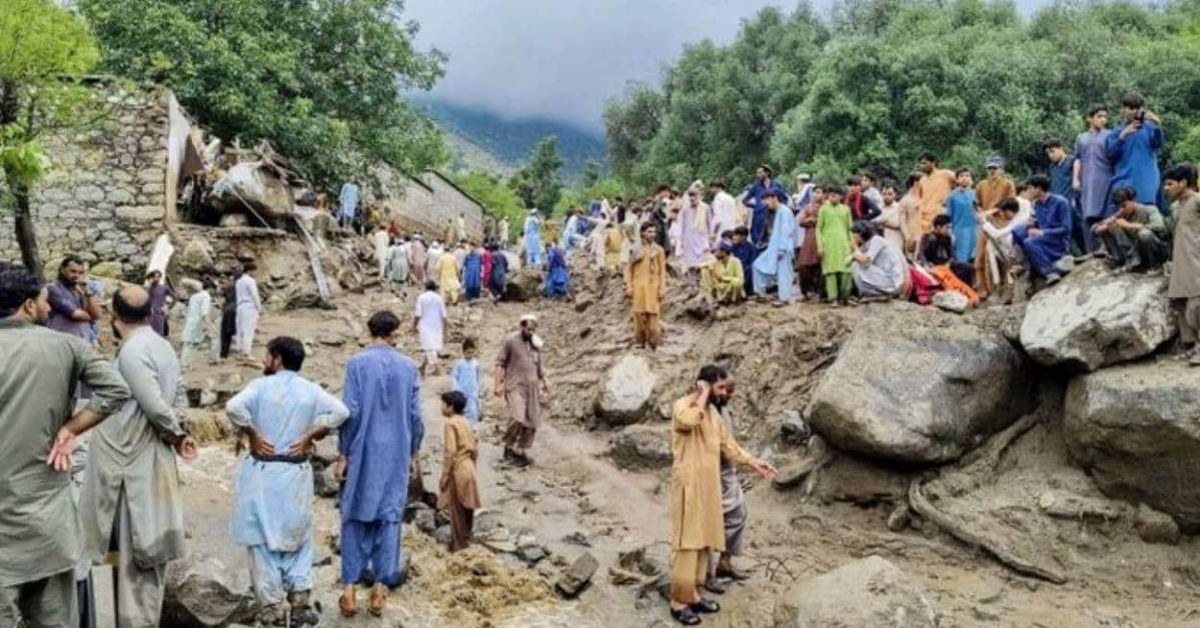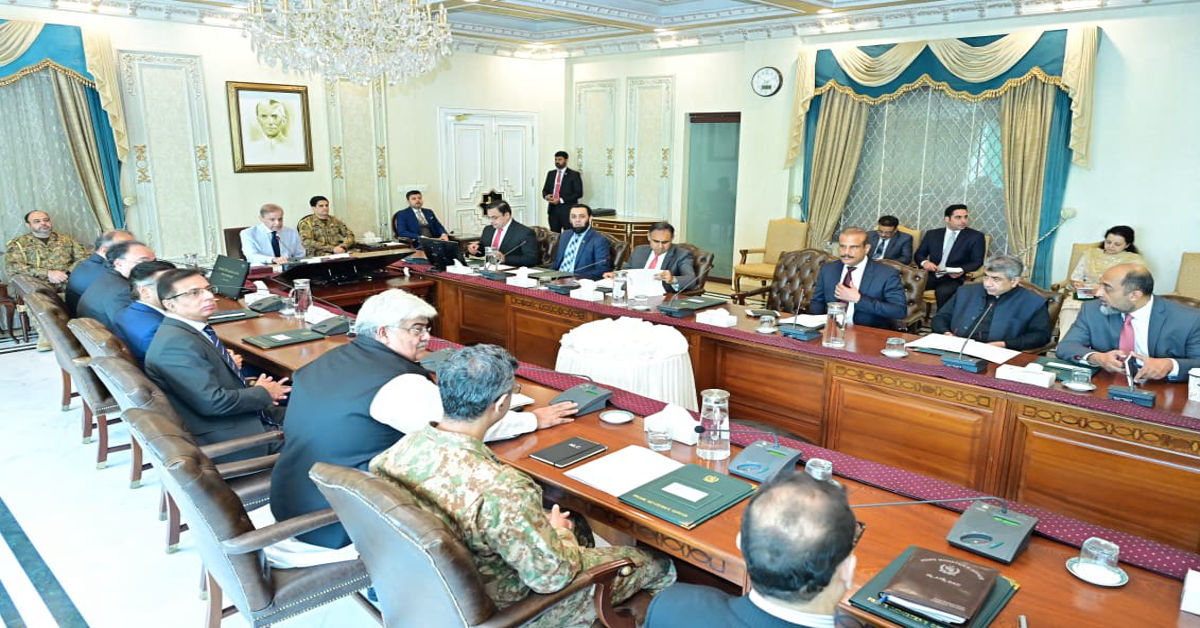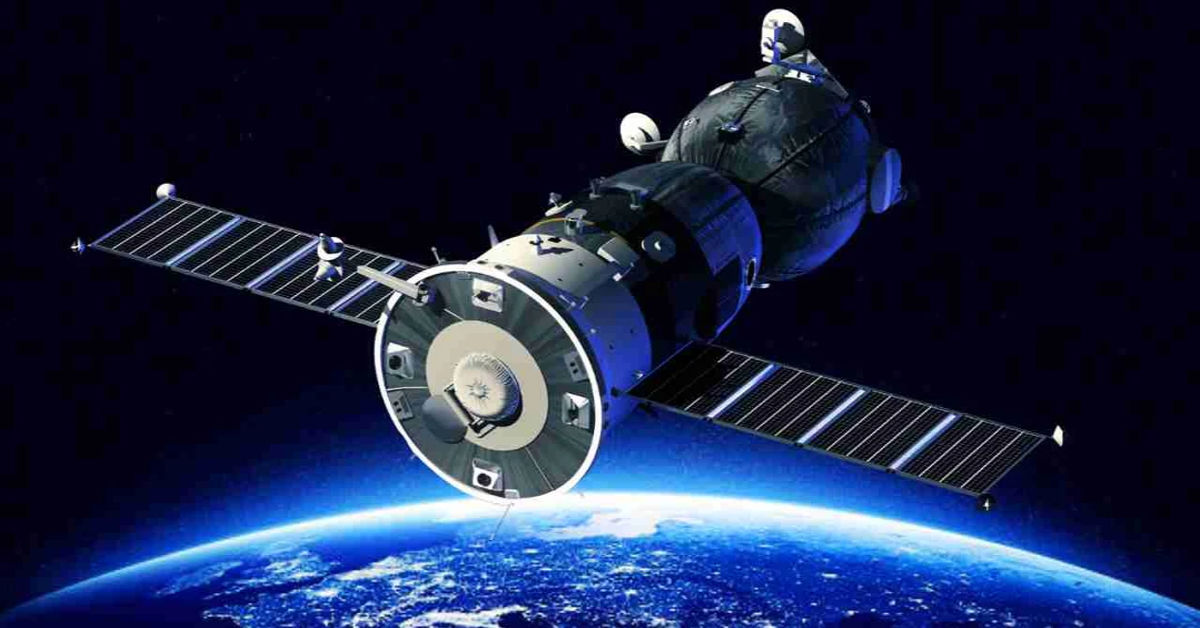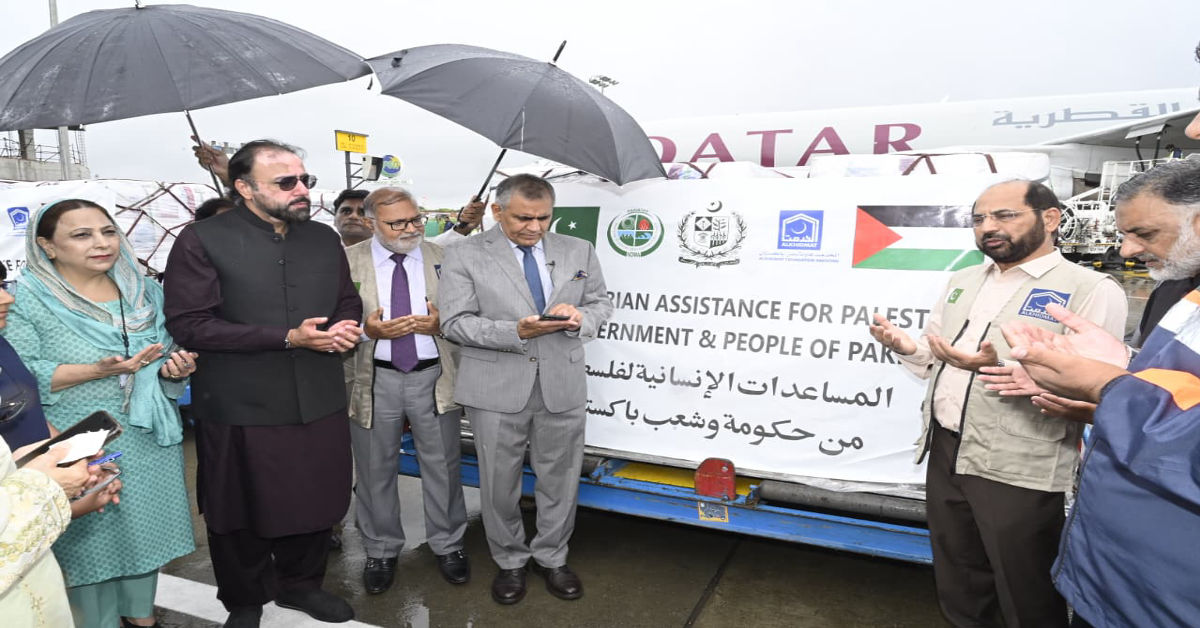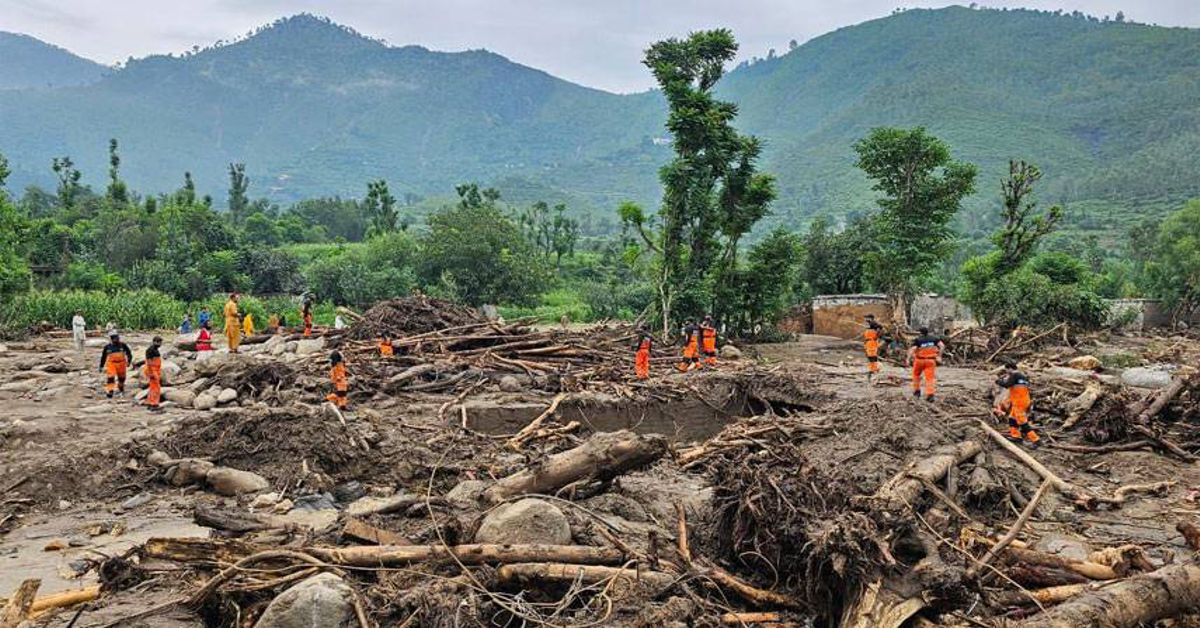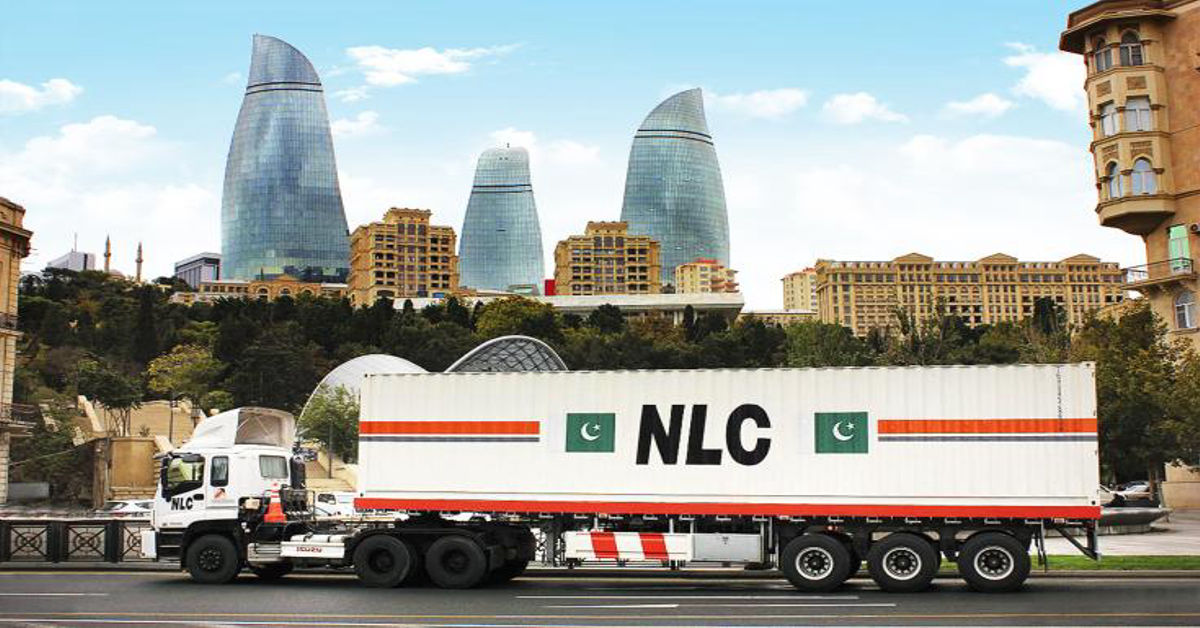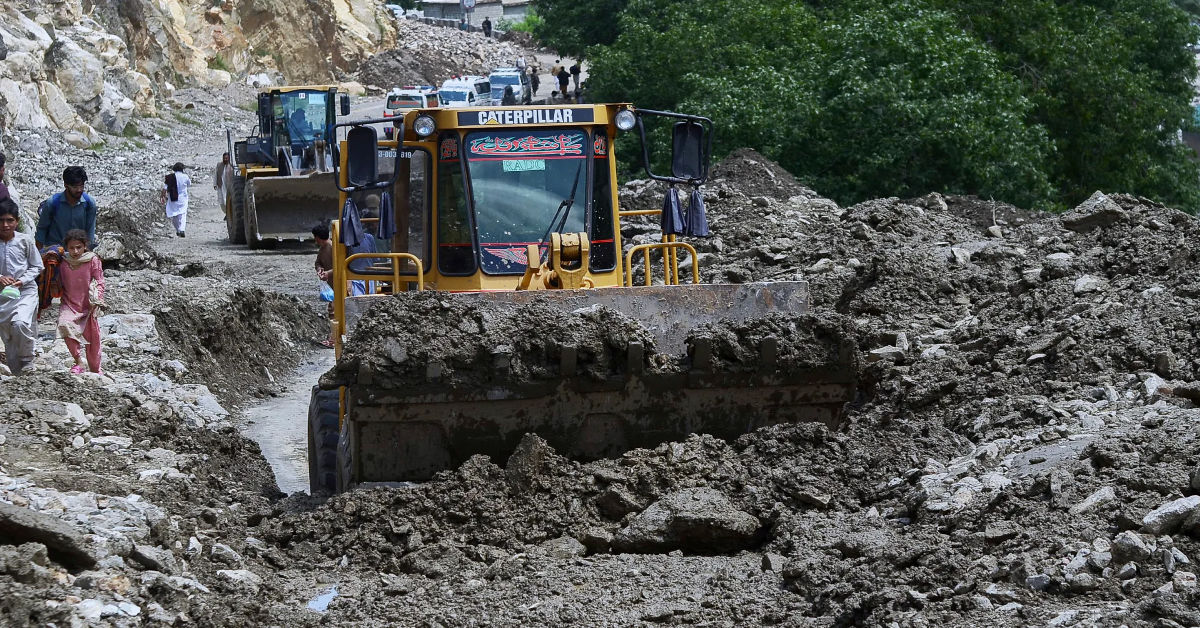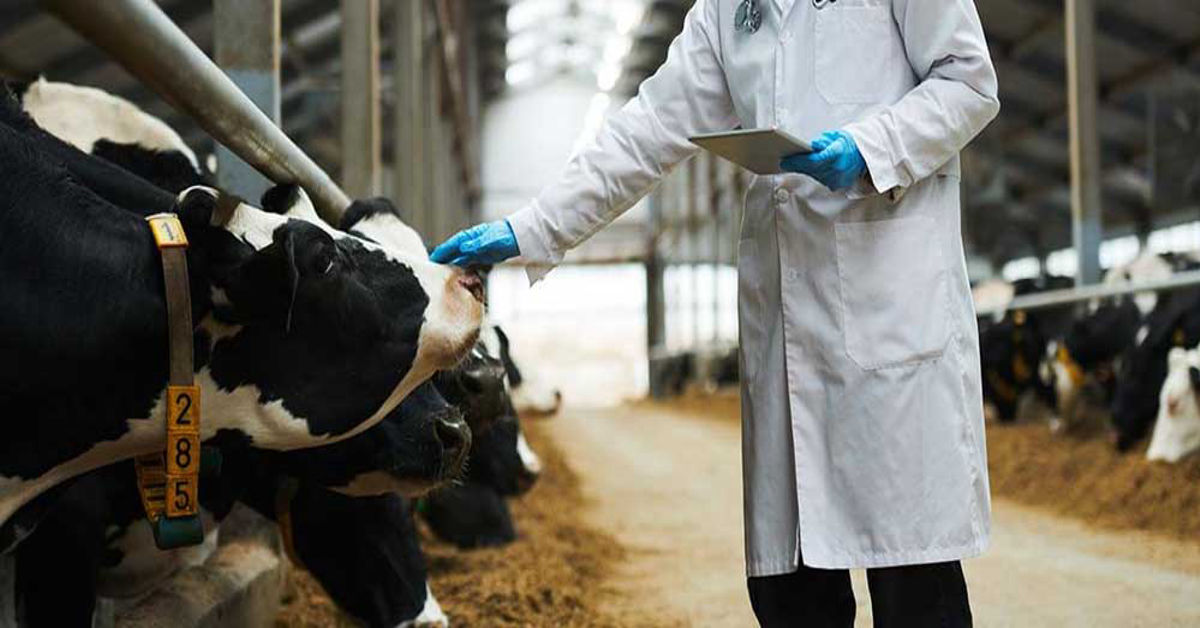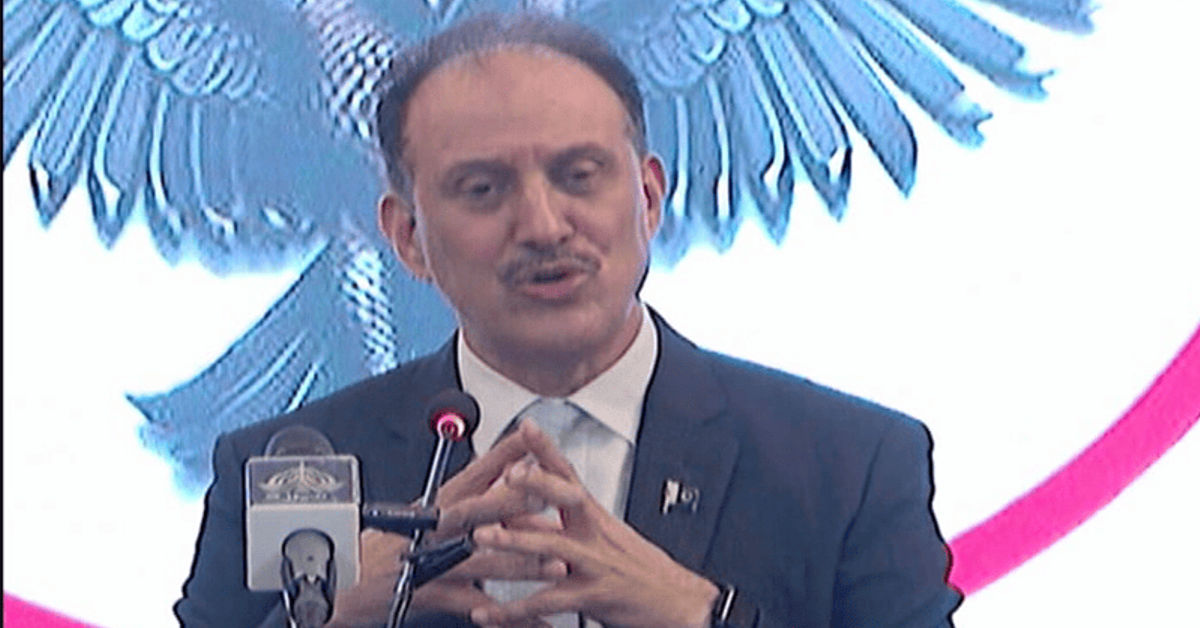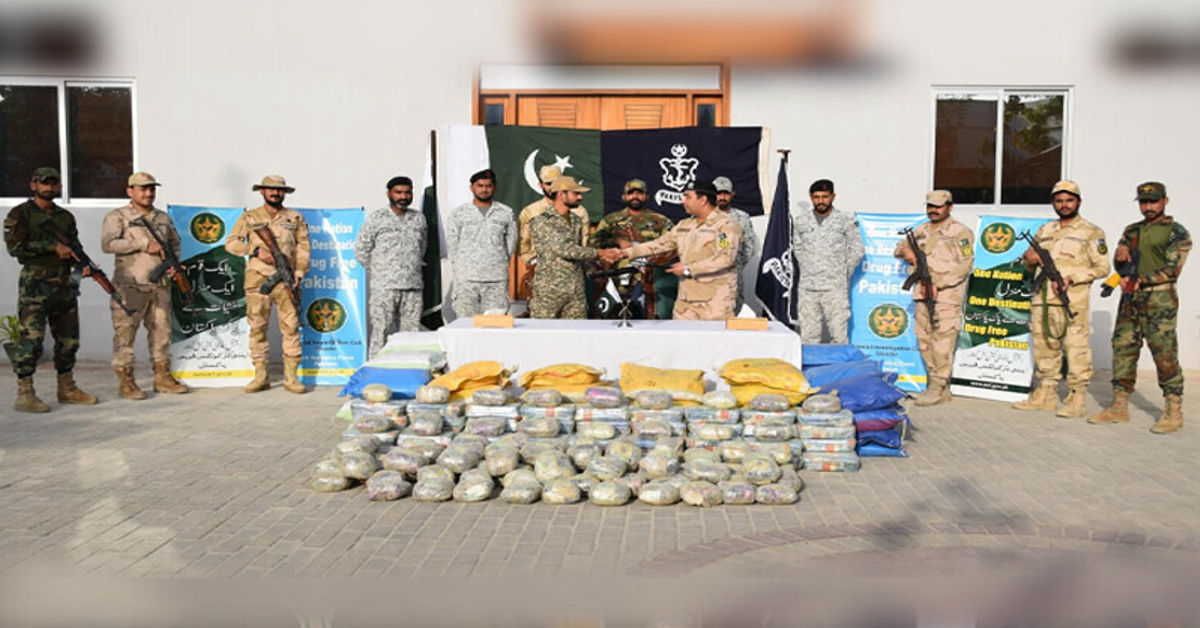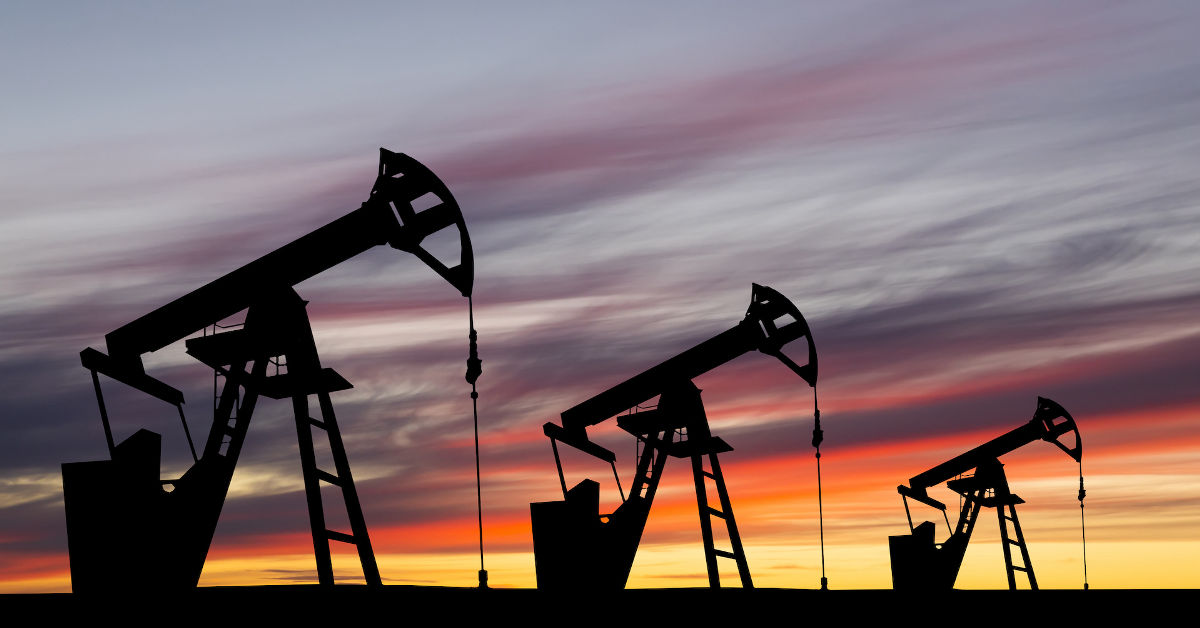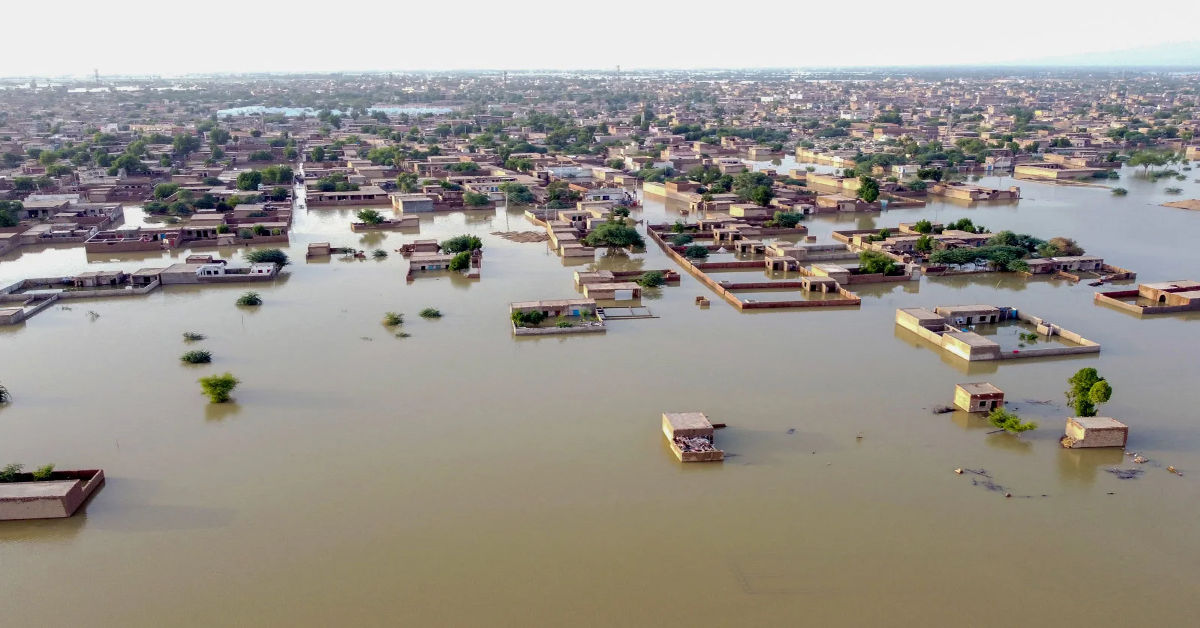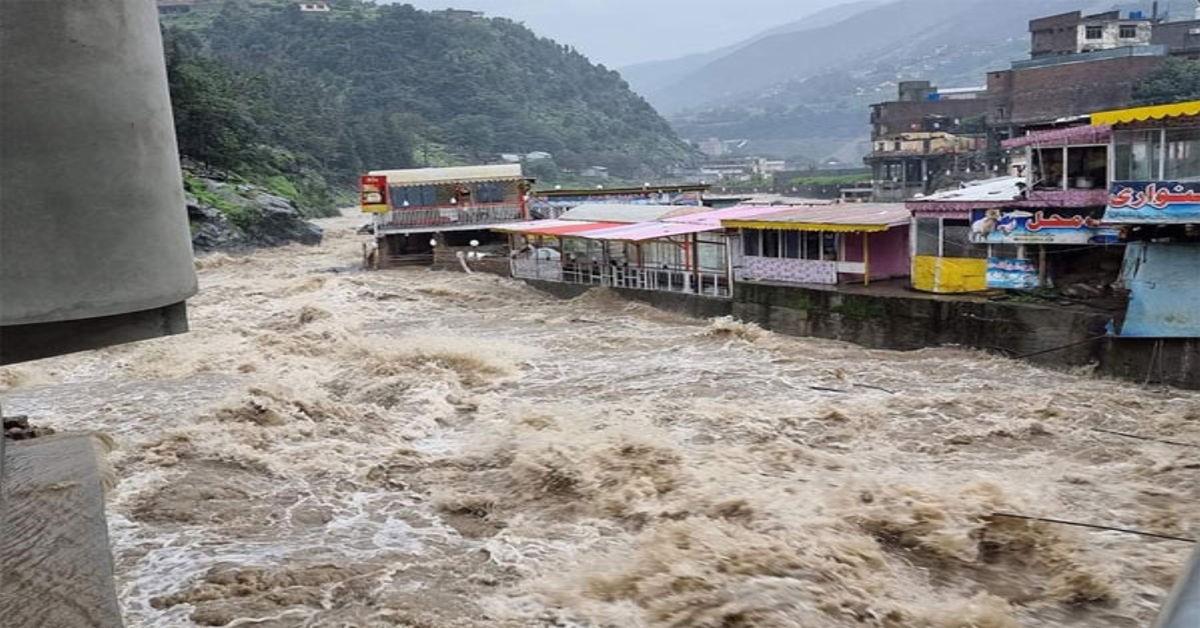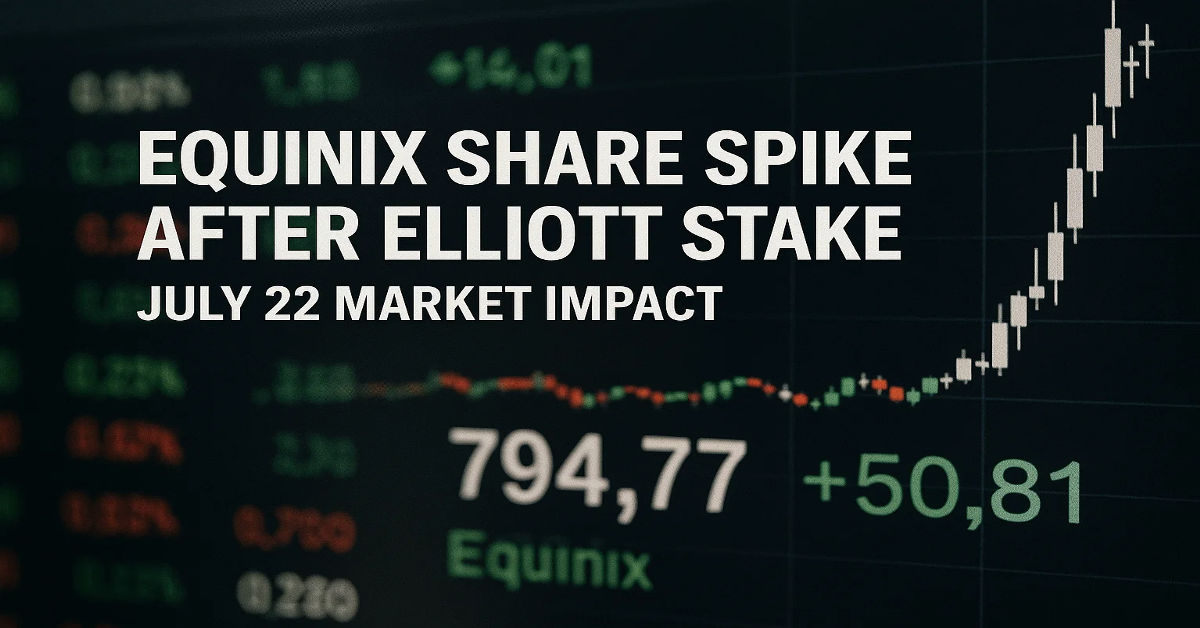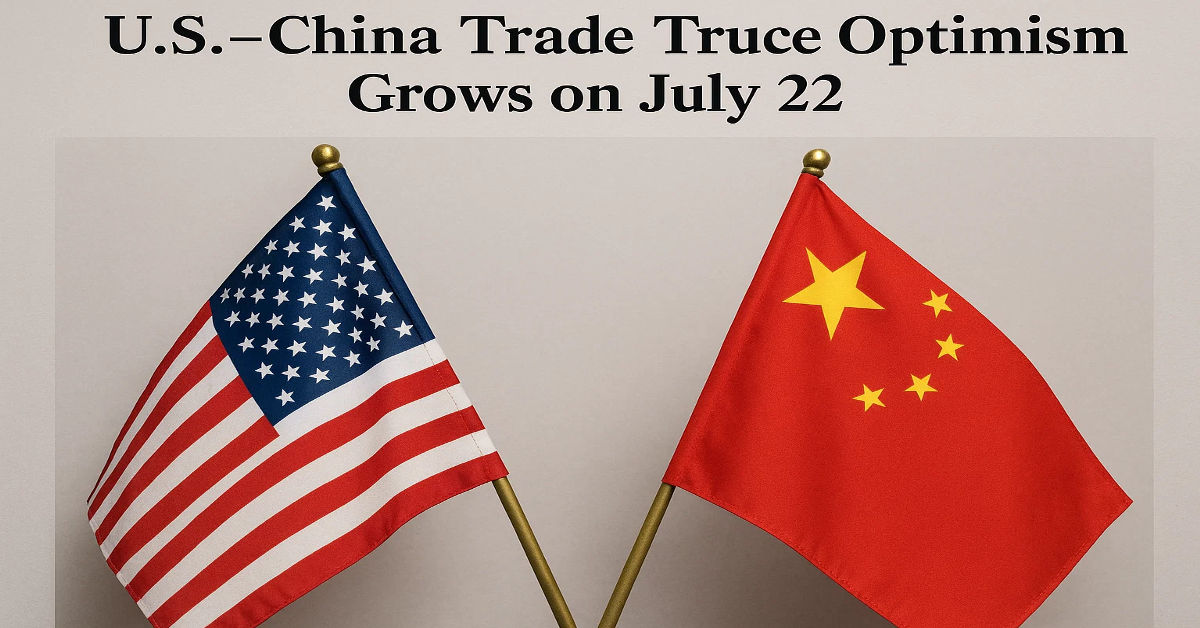
For some time now, petrol prices have been a boiling issue, a simmering pot for consumers, companies and politicians. The most consumed commodity in the world, petrol influences not just travel costs but also the costs of basic commodities and services. Frequent variations in prices also directly affect the average household budget. Knowing what drives these prices and expecting future changes is essential for economic planning. And it says a lot about how much the world has changed that, in a world in turmoil with both global markets in disarray and regional tensions bubbling upwards by the month, the expected petrol price in Pakistan has overnight become a financial forecasting lynchpin. There has never been a greater need to predict fuel costs. What influences petrol pricing and how it impacts various sectors in Pakistan?
International trends in the Oil market and its impact
The international oil market is a determining factor for fuel rates in Pakistan. As most of Pakistan’s oil is imported, its local pump rates are heavily influenced by global crude oil prices. Geopolitical unrest, OPEC production cuts and natural disasters are a few of the factors that can cause supply chain disruption and price hikes. And finally, the growth of alternative energy and worldwide efforts to cut carbon emissions are causing gradual shifts in demand. For Pakistan, aligning with these developments is critical in forecasting cost variances and maintaining economic equilibrium.
Government Policy And Determination of Fuels Prices
The government’s pricing policy is another important factor determining the price of fuel. The Expected Petrol Price in Pakistan is substantially dependent on the rulings and decisions of the Oil and Gas Regulatory Authority (OGRA) that makes recommendations on the basis of international petroleum prices, the exchange rate plus added local taxes. The ministry of finance subsequently approves or modifies these proposals. Cash Transfer, Fuel Price Subsidy and the Petroleum Development Levy are instruments designed to either cushion the public from such occurrences or to increase government revenue. Knowing how those mechanisms function can shed light on when and why prices at the pump might go up or come down.
What role does Pak Rupee play in fuel prices?
Internal factors Exchange rate volatility Suppliers purchase oil in US dollars. When you have a Pakistani rupee depreciating against the dollar, the price of the import of fuel goes up. The rupee has also been steadily depreciating in the past few years as a result of fiscal deficits, political instability and trade imbalances. This directly contributes to the landed cost of petrol, which is why OGRA is pushing for price increases. Some believe that by stabilizing the currency the government can help tamp down the pressure on fuel prices, which in turn would aid consumers and the broader economy.
Demand and Consumption on Seasonal Basis
Fuel demand and pricing are also influenced by seasonal differences. For example, in the summer, when more travel and farming take place, there is usually an increase in demand for petrol. The surge can cause temporary spikes in price. Similarly, monsoon season or other holidays may cause supply chain challenges. Knowing these seasonal trends makes it easier to predict future prices and enables businesses and households to plan ahead.
Economic Outlook
Until now Pakistan has resisted because it does not want to risk political turmoil by pushing up fuel costs when it is trying to stabilise the economy. The Expected Petrol Price in Pakistan usually hints at the straggling issues including inflation, borrowing, and IMF loan conditions that might call for tweaks to fuel subsidy. With the economy stabilising after international shocks and political volatility, analysts are predicting petrol price movements in the next few months could be moderate up to high. It allows for planning for the transport and logistics industry, or even food prices, given the domino effect that the price of fuel has on all other sectors.
Urban vs Rural effect of Fuel Price Hikes
Increasing petrol costs are not an equal opportunity whack on to the chin. The higher the access to public transport, the less urban populations may experience an increase in their daily expenditures, noting that this burden is higher in rural areas due to dependence on private transport and agricultural machinery. This inequality extends to the distribution of earnings and purchasing power across the nation. Policymakers will have to account for these disparities when creating subsidy programs or modifying fuel-related tax policies.
Alternatives and the Drive for Renewable Power
Given the instability of fuel prices, the demand to diversify Pakistan’s energy is on the rise. Electric cars, public transport investment and incentives for solar and wind power are all part of a wider strategy to reduce dependency on imported oil. These other options would also help cushion the economy from global oil shocks, and help establish longer term sustainability. But the switch will not be an easy one and will require policy, infrastructure and public engagement.
Public Opinion and the Media
The press contributes heavily to the public’s perception of fuel costs. An announcement of an increase often leads to a backlash in the press, and political parties can turn the matter to their advantage, by rallying voters to their cause or criticizing rivals. Misinformation has the potential to spur panic buying, or even protests, that can further disrupt the supply chain. In these changing times, it is crucial for the public to not receive any information, be it about changes in pricing or otherwise, from any non-credible sources and instead rely on OGRA announcements or official statements to stay updated.
Conclusion
Fuel price twisting is thus destined to be a crucial facet of Pakistan’s development approach. The Expected Petrol Price in Pakistan depends upon a wide range of international and local influences, from global oil events to exchange rates and political decisions of the government. Though prices of these goods are fundamentally erratic, possessing a sense of what is at work is useful for citizens and businesses to better prepare themselves. Whether it’s planning for the next month’s fuel needs or advocating for sustainable energy policies there’s a clear path from being informed to being resilient. Strategic planning is required for the cost of fuel as Pakistan faces challenging economic circumstances and energy demands.


